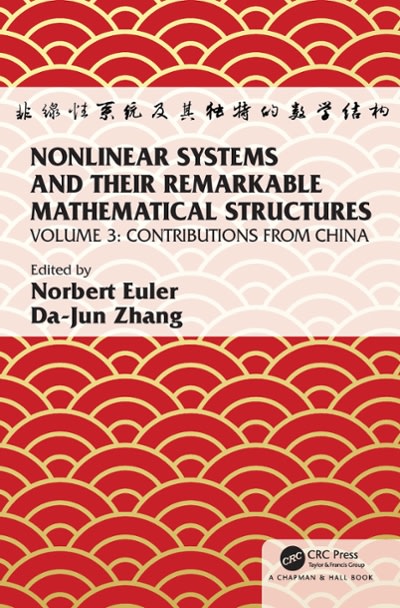Answered step by step
Verified Expert Solution
Question
1 Approved Answer
5. {Central Limit Theorem, Hypothesis Test, and Power of Test) Let {(X,,Y,-) 3:1 be i.i.d. random vectors, which means that (X1, Yl), (X2, 172),..., (Xn,


Step by Step Solution
There are 3 Steps involved in it
Step: 1

Get Instant Access to Expert-Tailored Solutions
See step-by-step solutions with expert insights and AI powered tools for academic success
Step: 2

Step: 3

Ace Your Homework with AI
Get the answers you need in no time with our AI-driven, step-by-step assistance
Get Started


